Introduction

For one and a half decades – from 1995 to 2010 – the Nikon AF-D 85mm 1.4 had been Nikon’s top of the line fullframe portrait tele lens. It saw the peak of analogue photography as well as the peak of the digital SLR. When it had been released this was an expensive premium lens aimed at professionals, but in 2024 it has become much more affordable. Reason enough to have a closer look at it and see if this is a lens still worth considering today.
Sample Images







You can find many of the sample images in full resolution here.
Contents
Specifications / Version History
There have been three different Nikon 85mm 1.4 lenses so far, all of them feature an all spherical floating elements design without ED elements:
- Nikon Ai-s 85mm 1.4
609g, 7/5 design, 72mm filter, 9 straight aperture blades, MFD 0.85 m, MF, 1981-2006 - Nikon AF 85mm 1.4D
522g, 9/8 design, 77mm filter, 9 rounded aperture blades, MFD 0.85 m, D-type, 1995-2010 - Nikon AF-S 85mm 1.4G
588g, 10/9 design, 77mm filter, 9 rounded aperture blades, MFD 0.85 m, G-type, 2010-2022(?)
This is a review of the Nikon 85mm 1.4 AF-D lens, its full specifications are:
-
- Diameter: 79 mm
- Field of view: 28.6° (diagonally)
- Length: 73 mm
- Weight: 522g (without hood, without caps)
- Filter Diameter: 77 mm
- Number of Aperture Blades: 9 (rounded)
- Elements/Groups: 9/8

- Close Focusing Distance: 0.85 m
- Maximum Magnification: 1:8.6 (measured)
- Mount: Nikon F
You can find this lens on ebay.com (affiliate link) starting at $400
History
If you want to know more about the development and the history of this lens you should first have a look at Nikkor – The Thousand and One Nights – No. 41: Nikon AF-D 85mm 1.4.
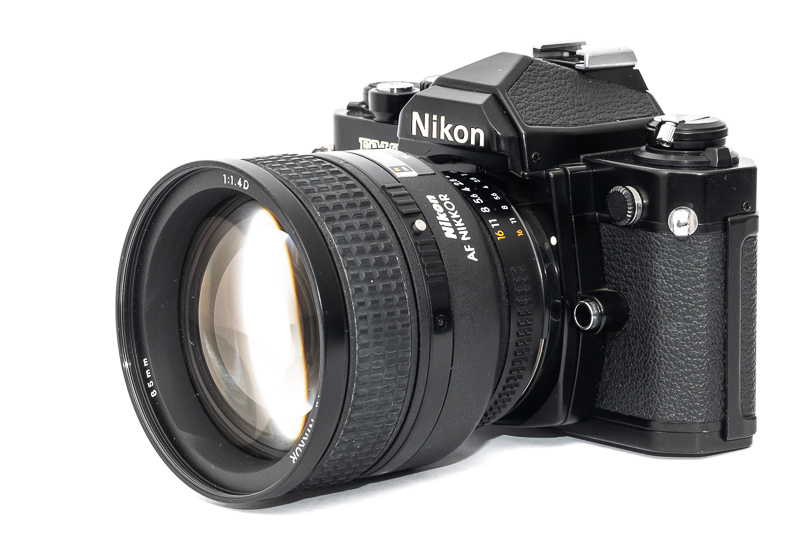
What is most notable here to me is, that the goal was not to design the world’s fastest or sharpest 85mm lens, but one with “ideal” imaging characteristics for portraiture. I do think now, 30 years later, the lens has been surpassed in this regard (more on that later), but we should also take into account that this Nikon AF-D 85mm 1.4 has been designed for analogue film – which is way more generous compared to digital, when it comes to hiding certain aberrations.
But there is more, I have used all the fast “premium” Nikon AF-S primes (24mm 1.4G, 35mm 1.4G, 58mm 1.4G and 85mm 1.4G) and in terms of their design criteria (balance of aberrations) they are very similar to this AF-D 85mm 1.4. So it seems it was actually this 85mm 1.4 – or rather its designer, Koichi Oshita – that laid the groundwork for how Nikon designed its fast primes for about two decades.
Handling/Build quality

Generally speaking, I don’t think the AF-D era was the best for Nikon, as by late 1995 – when this lens was released – Canon already had a full lineup of technologically advanced and easier to use USM driven lenses, while Nikon was still relying on the inferior screw-driven AF (note: it took Nikon until 1999 to release the first non-super tele lenses with comparable AF-S technology).
The focus ring rotates about 140° from the minimum focus distance of 0.85 m to infinity. The manual focus experience is decent, but not as great as with true manual focus lenses with a longer throw. When changing the direction of rotation of the focus ring there is also always a tiny bit of slack, which makes manually finetuning the focus harder.
The aperture ring is situated towards the rear of the lens and features equidistantly spaced full-stop click stops. As is typical for the AF-D lenses it has more of a short throw.

This Nikon AF-D 85mm 1.4 was one of the higher grade lenses in the AF-D line-up, as it does at least feature an AF/MF ring-switch, to detach the focus ring from the helicoid when using an AF camera. These ring switches are prone to breaking though, so better treat them carefully.
The outer casing of the lens seems to be made from mainly metal and a few high quality polycarbonate parts, markings are engraved and filled with paint.
The lens shipped with a big screw-in metal hood (HN-31). It is matte black on the inside and cannot be mounted reversed to take up less space.

This lens features an internal focus mechanism with floating elements. The front and the rear group are fixed, a central group together with the aperture diaphragm is moving. When adapting this lens to other camera systems a too short adapter can also have a negative impact on this lens’ image quality.
While I found the later Nikon AF-S 85mm 1.4G to be rather decently sealed, this AF-D lens is pretty good at collecting dust between its lens elements.

Above you see a size comparison to the Sony FE 85mm 1.4 GM. The length of both lenses is very similar, but the Sony lens is a bit fatter and also heavier. It should be noted that there are also other 85mm 1.4 mirrorless designs like the Sigma 85mm 1.4 Art DG DN, which are noticeably smaller than this Sony lens.
AF performance
The older AF-D lenses offer very fast AF on higher end Nikon SLRs with built-in motor.
For Nikon Z cameras there is no adapter with built-in adapter available, so you need to resort to manual focus here.
On the Sony E-mount cameras you can actually get this lens to focus automatically by the help of the Monster LA-FE2 adapter. Have a look at my review of that adapter to find out about its capabilities and limitations.
Vignetting
light falloff

| f/1.4 | 2.1 EV |
| f/2.0 | 1.4 EV |
| f/2.8 | 1.1 EV |
| f/4.0 | 0.9 EV |
| f/5.6 | 0.8 EV |
| f/8.0 | 0.6 EV |
| f/11 - f/16 | 0.5 EV |
The vignetting figures are almost exactly the same as those of the Sony FE 85mm 1.4 GM. The more compact Sigma 85mm 1.4 Art DG DN shows about half a stop more vignetting in the corners stopped down. Long story short: I don’t see any meaningful differences between these lenses in this category.

It is recommended to have a look at this article first to get an idea how this brightness graph works.
optical vignetting
Fast lenses usually show a noticeable amount of optical vignetting. Without going too much into technical details optical vignetting leads to the truncation of light circles towards the borders of the frame.
In the center of the frame almost every lens will render a perfect circle, but only lenses with very low optical vignetting will keep this shape in the corners.
So in the following comparison we move from the center (left) to the extreme corner (right) and see how the shape of the light circle changes.
I did shoot both lenses side by side, they were set to 1.1 m and with focusing at a target situated at exactly 1.1 m distance from camera it was ensured the focus distance is actually the same, so the size of the circles is directly comparable.
Regular readers know I did not come across an 85mm lens that is doing better in this category than the Sony FE 85mm 1.4 GM. The good news here are, that the Nikon AF-D 85mm 1.4 can actually keep up well, only in the very corners it shows more optical vignetting. It could even be argued, that the Nikon creates a more natural shape in the corners at f/2.0.
Sharpness
MTF-Graphs
Compared to modern 85mm 1.4 lenses the MTF-Graphs do not promise an outstanding performance at f/1.4. Contrast and resolution are both lower than what we are used to from modern lenses and only within a circle with a diameter of 20 mm around the center astigmatism is corrected well.
If you care most about contrast and resolution at the maximum aperture you will certainly be happier with a lens like the Sigma 85mm 1.4 Art DG DN.
According to these graphs there is also a significant drop in contrast as well as resolution towards the corners.

Most MTF-Graphs show calculated values that do not take into account manufacturing tolerances and sample variation. Furthermore they are usually calculated for infinity, so in the field and shooting at different distances a noticeable variation may be visible.
Focus Shift
Not only with rangefinder cameras but also with (D)SLRs focus shift is/was an issue. Luckily I did not find any with this lens. We also see that at these distances the slight soft glow masks the chromatic aberrations a bit.
infinity (42mp Sony A7rII)


At f/1.4 we definitely see the effect of spherical aberration here, as that leads to a soft glow across the whole frame. There are also some color aberrations visible here. Performance in the midframe and corners gradually increases on stopping down. The midframe looks good from f/4.0 and really good from f/5.6, but the extreme corners never look great. Actually, this performance fits to what the MTF graphs promised. Keep in mind this lens has not been designed for digital cameras, let alone high resolution ones.
Unsurprisingly the latest 85mm 1.4 lenses perform noticeably better in this category. The Sigma 85mm 1.4 Art DG DN is the best we had a look at so far, the Sony FE 85mm 1.4 GM follows closely.
portrait distance (2.0 m, 42mp Sony A7rII)
For portraiture it isn’t so important how flat the field is, it is more interesting to see what the sharpness is like when focused at different parts of the frame to take field curvature out of the equation.

This is what I did here, I refocused for every shot and aperture to get the best possible result at different locations in the frame (center, inner midframe and outer midframe).
Focus distance was roughly 2.0 m and the circle of the dollar bill is more or less the size of a human eye.
f/1.4 <————> f/2.0
The Nikon AF 85mm 1.4 D is generally a bit softer at its maximum aperture. Stopping down to f/2.0 improves contrast in the center and midframe significantly. The outer midframe is a different story, here the lens is still a bit soft at f/2.0 and this is also something I noticed in the field.
This is a category, where the Sigma 85mm 1.4 Art DG DN is hard to beat, as it shows an impeccable performance already at f/1.4 everywhere in the frame. The Sony FE 85mm 1.4 GM is not as sharp as the Sigma at f/1.4, but comes very close.
close (0.85 m, 1:8.6, 42mp Sony A7rII)
A minimum focus distance of 0.85 m is very typical for a fast 85mm lens. The resolution is actually pretty good from f/1.4, but we do see some color aberrations and the contrast is lower, too.
Actually, at shared apertures the Sony FE 85mm 1.4 GM shows similar contrast and resolution here, but it doesn’t have those color aberrations.
Flare resistance

As always evaluating flare is a complex matter since you can get any lens to look bad if you push it hard enough and a slight change of scenario can affect results a lot.
Fast tele lenses rarely show a good performance in this category and it gets worse the older they are.
For the following pictures I was not using the hood and we see a lot of veiling flare (loss of contrast) and even some ghosts:



The good news are, that when the sun is located outside the frame, the hood often helps with these lenses. This is also the case here, as can be seen from this comparison:
When not carrying the hood – maybe thanks to its severe bulkiness – you can also try to use your hand to shield the lens, which can have a similarly positive effect:
You may wonder what happens, when the sun or another strong light source is inside the frame. Well, this:
In the field the lens did not perform as bad as you may expect going by these staged examples, but the performance definitely ain’t good either.
The Sony FE 85mm 1.4 GM is the best fast 85mm in this category I came across so far, but also that one still has issues with veiling flare. This is also one of the categories where the Sigma 85mm 1.4 Art DG DN seems to perform worse than the Sony lens.
Coma
As we know this Nikon AF 85mm 1.4 D had been designed with a pleasing rendering for portraiture in mind from the get-go. For that you don’t necessarily need a good coma correction. Keeping this in mind I did not expect a particularly great performance in this category.
We do see some artefacts at f/1.4 and f/2.0, but the situation is actually not as bad as I would have expected. Unsurprisingly modern lenses still perform better here. The Sony FE 85mm 1.4 GM shows only low coma at f/1.4 to f/2.0, the Sigma 85mm 1.4 Art DG DN even less.
Distortion

The distortion of the Nikon AF 85mm 1.4 D is very low, so low I doubt it will be field relevant for any application that I can think of for this lens.
Bokeh
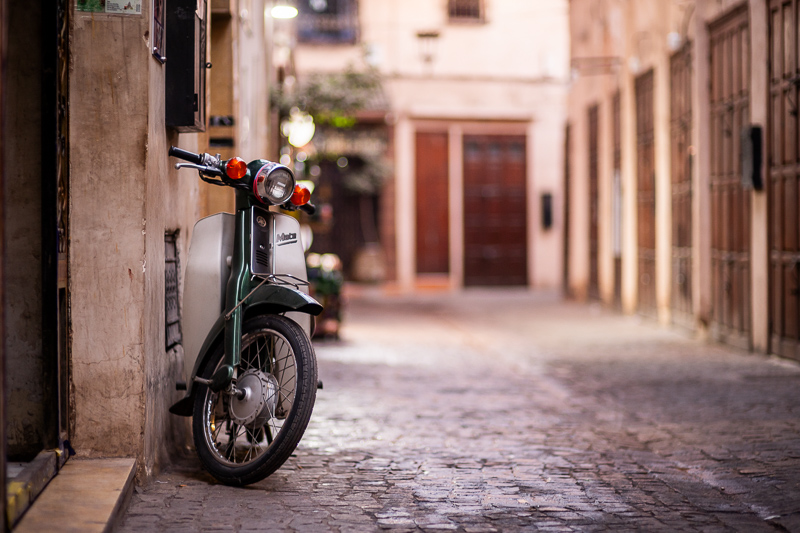
By the time of me writing this article, the Nikon AF 85mm 1.4 D has been around for almost 30 years and it is common knowledge that this lens draws a nice bokeh. But a lot has happened since most reviews of this lens have been written, so as usual: let’s have a closer look.
Close distance




This is an 85mm f/1.4 lens, so taking pictures at its maximum aperture at close distances pretty much everything in the background turns into a smooth out of focus blur.
Looking at the first picture we see some optical vignetting (cat’s eye effect) towards the corners. As said in the corresponding section this is not overly pronounced.
Looking at the last picture above the background does look a bit busy and I do think the Sony FE 85mm 1.4 GM would have rendered a smoother background here, but more on that topic later.
Mid distance




Even though people may call this lens outdated compared to the latest fast 85mm lenses, if you don’t manage to take nice portraits with this lens, it is not the lens’ fault.
Long distance





One of the main benefits of fast 85mm lenses is that even at longer focus distances (needed e.g. for full body portraits) you can visibly separate your subject from the background.
With structured backgrounds the bokeh towards the corners and edges is not as smooth as in the center of the frame, but there is still no denying this lens draws a nice bokeh.
To see how nice, let’s compare this Nikon AF-D 85mm 1.4 to the lens with the in my opinion most pleasing out of focus rendering out of all the ~250 lenses I have used so far: the Sony FE 85mm 1.4 GM.
We will have a look how they compare in a forest scenario with a lot of foliage in the background and in a blue hour city scenario with many point light sources.
Compared to: Sony FE 85mm 1.4 GM
Scene 1: Forest Close Distance Backlit
Scene 2: Transition
Scene 3: Forest Mid Distance
Scene 4: Forest Long Distance
Scene 5: City Lights Close Distance
Scene 6: City Lights Long Distance
Observations
In the first scene, the Nikon shows noticeably less contrast, most likely this is due to the backlighting, as I don’t see such a difference in the other scenes. Looking at the crops we see bigger out of focus circles from the Sony with way less outlining, leading to a smoother out of focus rendering. At its minimum focus distance the Nikon becomes an 80mm f/1.7 lens, this is why there is a bigger difference in size of light circles in the close focus scenarios.
Looking at the scenes 2 to 4, in every single one the Sony creates smoother out of focus areas thanks to softer transitions, less outlining and more evenly lit light circles.
Scene 5 is actually the one where I see the least differences, which is probably why I liked the pictures taken with the Nikon in the field under similar conditions the most.
In scene 6 we again see the differences as already described above.
Now there are two things we should keep in mind here: first is, the Sony lens did not only cost me way more than the Nikon lens, it also makes use of technology not available in 1995. Second is, the Nikon is still a good performer in this category, just not as good as the two decades younger Sony and that is nothing to be ashamed of.
I said it before, I say it again now and I will probably say it again in the future: the Sony FE 85mm 1.4 GM has the most pleasing out of focus rendering of any lens I ever came across (that includes lenses like the Zhong Yi 135mm 1.4, Canon EF 200mm 1.8L as well as all the super fast 50mm lenses).
Sadly I expect it to remain one of a kind, as the successor will most likely be optimized for wide open sharpness at the cost of bokeh quality to match the resolution figures of the competitors in lab tests – as was sadly already the case for the 35mm 1.4 GM, 50mm 1.2 GM and 135mm 1.8 GM. Guess I can’t blame Sony for that, the problem is that most people care way more about easily measurable numbers than what the pictures will actually look like.
Sunstars
The Nikon AF 85mm 1.4 D uses 9 rounded aperture blades – not the greatest news, if you are looking for distinct sunstars. I checked several samples of this lens and the alignment of the aperture blades does not seem to be a particular strength of this lens. You can still create somewhat decent looking sunstars from f/11 to f/16 though.
If you want to learn more about this topic have a look at this article.
Chromatic aberration
lateral
A tele lens without any ED elements? I guess you already know what that means: a noticeable amount of lateral CA.
Luckily when using digital cameras lateral CA are easily corrected in post by just one click.
longitudinal
Correcting longitudinal CA in fast lenses does not seem to be something that was very high on the priority list of Nikon’s designers during the AF-D and AF-S era. This Nikon AF-D 85mm 1.4 is no exception.
When taking pictures of a high contrast scene like the one above, strong bokeh fringing as well as purple fringing is easily visible – even at small viewing sizes like I am showing here. The whole extent becomes visible when having a closer look in the 100% crop.
As you can see from the crops above, even stopped down to f/2.8 some bokeh fringing is still visible. It successor, the Nikon AF-S 85mm 1.4G, shows a similar performance in this category, I only noticed a minor improvement. Modern high performance lenses like the Sony FE 85mm 1.4 GM and especially the Sigma 85mm 1.4 Art DG DN do noticeably better in this category.
Conclusion
good
|
average
|
not good
|
I said it at the beginning, according to Nikon this lens had been designed to give the “ideal” rendering for portraits. In 1995 that meant on analogue film, not on a high resolution digital sensor. And when comparing different 85mm lenses – first on film and then on digital – we may end up preferring different lenses depending on that.
It is still easily possible to take wonderful portraits with this lens and while it was once an expensive lens aimed at professionals, it has become affordable for a wider audience today. And an additional benefit is that this lens works without limitations on plenty of analogue F-mount cameras.
In 2024 there is a lot more competition than there was in 1995 though. For just a little more money you can get a first generation Samyang 85mm 1.4 AF, that lens will give you eye AF, which will make it much easier for you to get consistent in-focus pictures of your subjects.
You can find this lens on ebay.com (affiliate link) starting at $400
Alternatives
Nikon AF-S 85mm 1.4G:
This was a very considerate update in 2010. Nikon’s engineers managed to noticeably increase off center sharpness. Flare resistance and the Coma correction have also been slightly improved – all that while making the bokeh even smoother.
The AF-S is more accurate but also slower than the AF-D’s screw-driven AF. Disadvantages are that the AF-S version does not feature an aperture ring anymore and also the optical vignetting is slightly higher. Unlike AF-D lenses, AF-S lenses can also be easily adapted to Nikon Z mirrorless cameras with AF.
buy from amazon.com | amazon.de | ebay.com | ebay.de | B&H (affiliate links) for $750 used
Sony FE 85mm 1.4 GM:
My 85mm 1.4 of choice for the past years. The slightly undercorrected spherical aberration at f/1.4 in combination with the low optical vignetting leads to beautiful bokeh rendering – even under challenging conditions.
buy from amazon.com | amazon.de | ebay.com | ebay.de | B&H (affiliate links) for $1798 new
Sigma 85mm 1.4 Art DG DN:
Compared to the aforementiond Sony lens, this Sigma is more compact, lighter, cheaper and offers slightly higher contrast and resolution – the AF is also faster. The bokeh is very good, but not as good as that of the Sony lens. Still, this is a very sensible choice for most people.
buy from amazon.de | ebay.com | B&H (affiliate links) for $1099 new
You can find more alternatives in our Guide to Portrait lenses for the Sony A7, A9 and A1 Series.
Sample Images


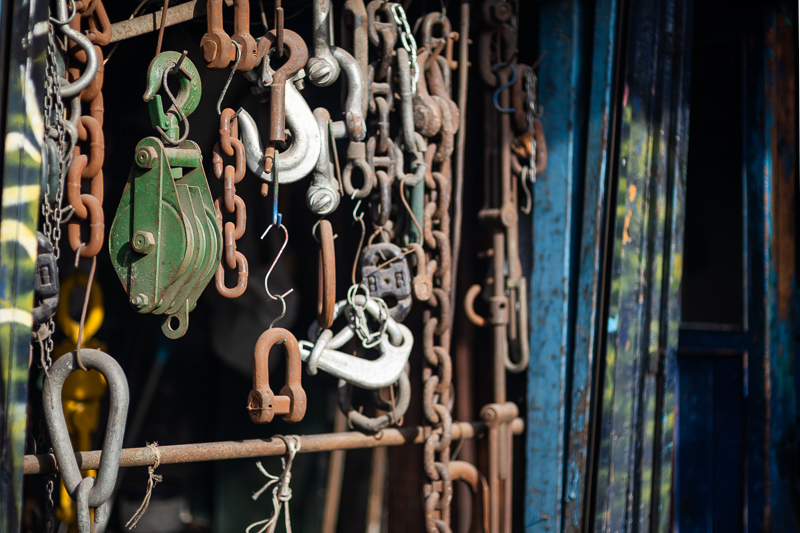













You can find many of the sample images in full resolution here.
Further Reading
- Guide to 85-135mm portrait lenses for Sony FE cameras
- The best lenses for Brenizer/Bokehpanoramas
- Bokeh explained
- Review: Laowa 35mm 0.95 – The World’s fastest 35mm lens
- Technical Knowledge
Support Us
Did you find this article useful or just liked reading it? Treat us to a coffee!
![]()
![]()
![]() via Paypal
via Paypal
This site contains affiliate links. If you make a purchase using any of the links marked as affiliate links, I may receive a small commission at no additional cost to you. This helps support the creation of future content.
Latest posts by BastianK (see all)
- Review: Thypoch 21mm 1.4 Simera - July 12, 2025
- Review: SLRmagic 50mm 0.95 Hyperprime LM - July 5, 2025
- Full Resolution Pictures getting fixed - July 4, 2025





















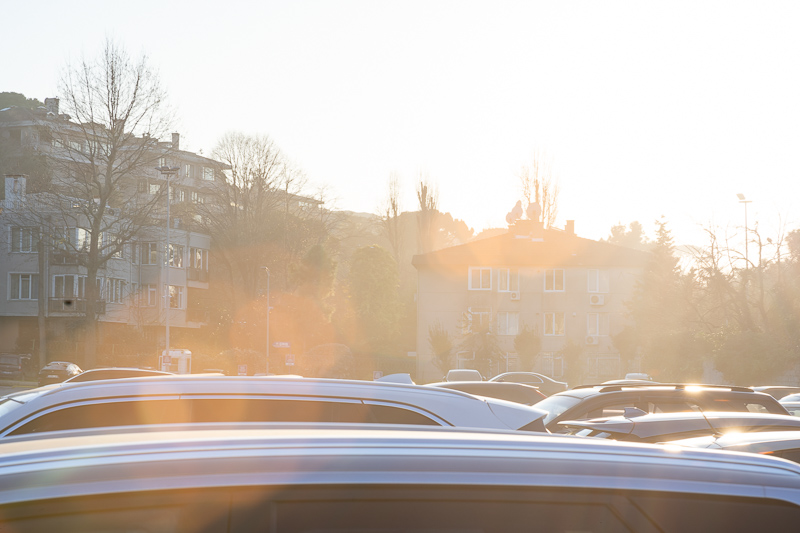






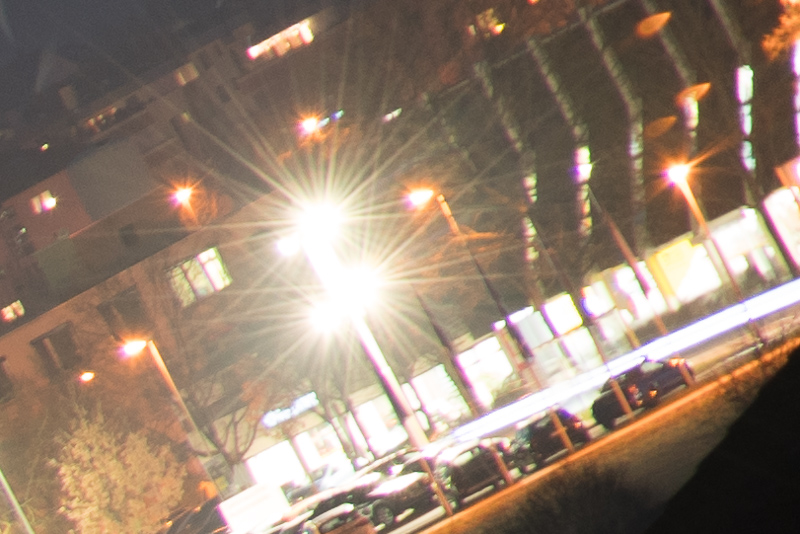

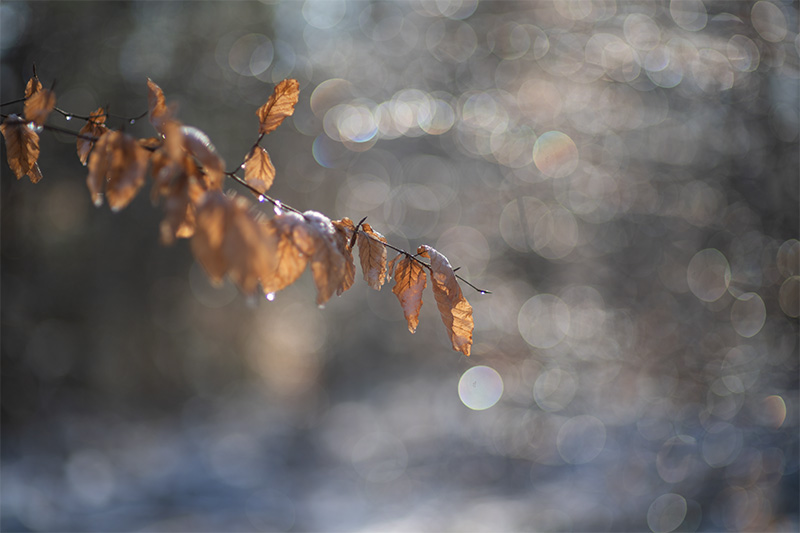
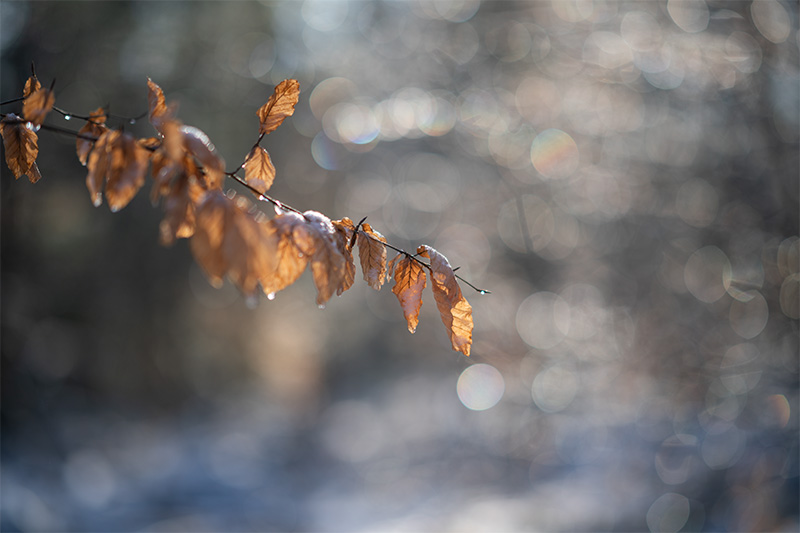






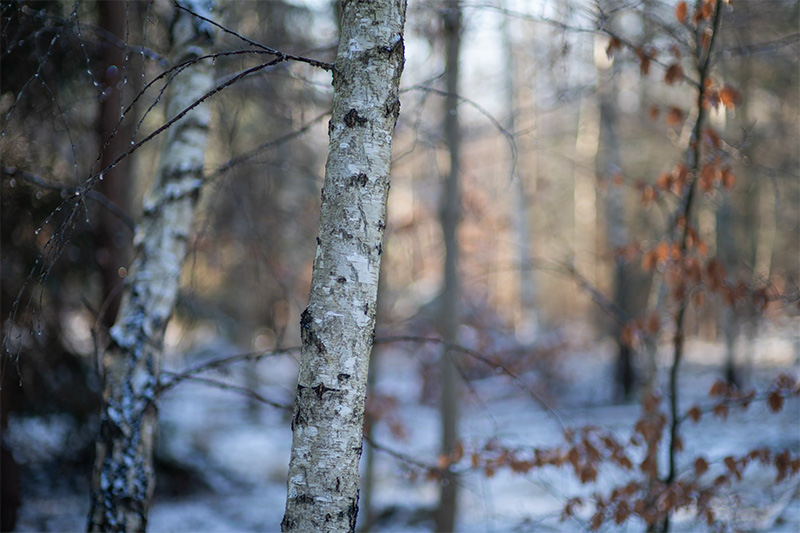







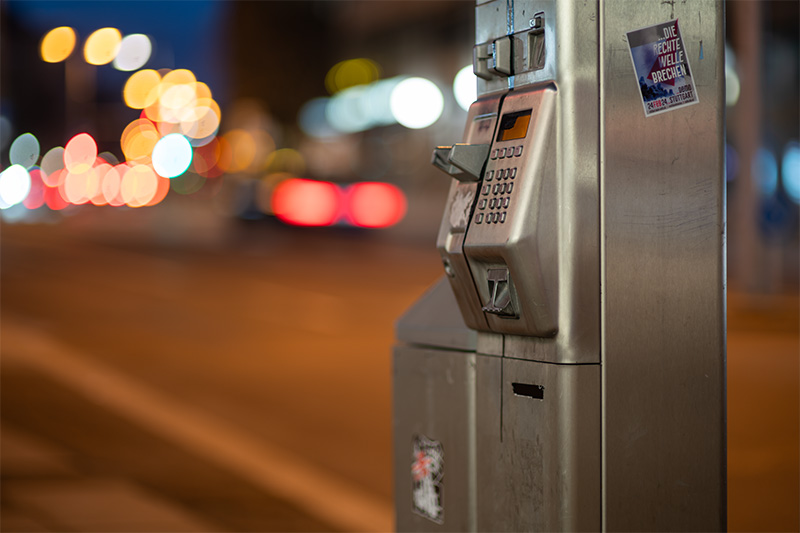











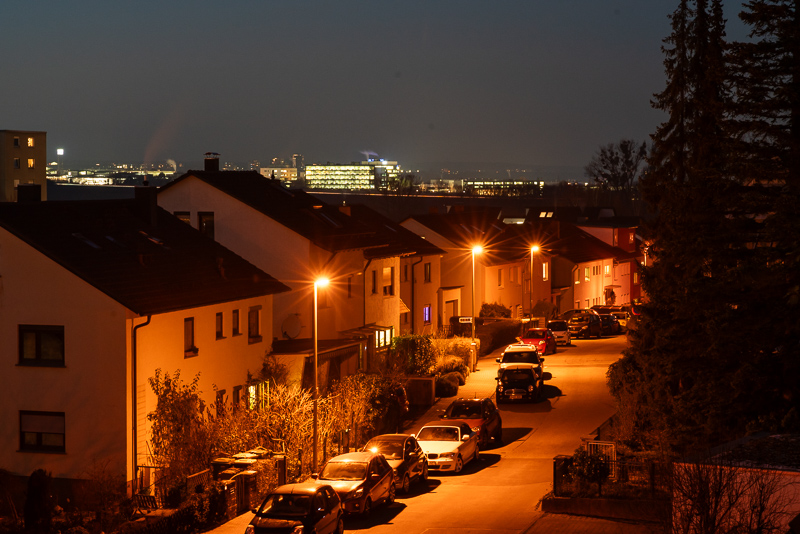








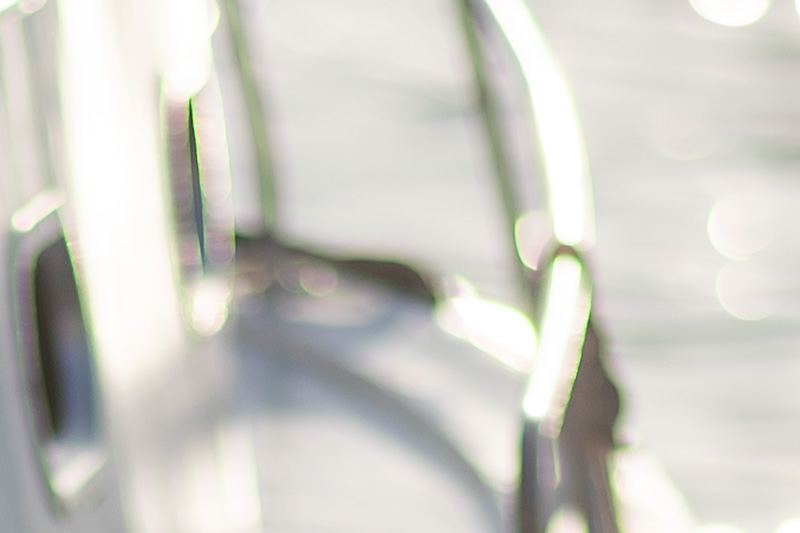


Having shot and compared a lot of lenses on thin versus OEM sensor stacks, These mid- and long-distance bokeh scenes look like sensor stack induced field curvature to me. I see the same thing on my FD85L when I compare. These telephotos are fast enough that the sensor stack still matters even at 85mm. If I wasn’t currently moving house, I’d pick one up to test and then sell it again.
I know you want to praise the Sony lens, but honestly, there is so little difference in the actual images. I actually do like the Nikon more, because of the sharper bokeh balls it looks less “fake” as most of the modern glass just wash that background too much IMO. The character, it has the character – the quirk becomes the touch that you can use to get that extraordinary result. And the modern glass just doesnt offer that anymore.
Then now is the time for you to click on one of those affiliate links and buy one.
Interesting review, especially because these AF Nikons are a bit of a terra incognita for me. My take is that this is a very decent option for Nikon DSLR users, as the lens is cheaper enough than “better” options, and I don’t see great compromises when it comes to portraiture and close up photography.
Personally I prefer having better stop-down performance for landscapes (since I alternate between subjects quite often), but this won’t bother many people.
I actually prefer its close up bokeh (near MFD) to Sony, because backgrounds are already very smooth here and I like a little bit of added “spice” in these situations, especially when it doesn’t involve double edged structures etc.
At all other distances Sony is the clear winner in my book too, but the difference won’t always be very noticeable in real-life situations, without direct comparison.
Not too bad for 400 bucks!
I’m not sure I’d enjoy manually focusing portraits at F1.4 with this AF lens though, when its not-perfectly precise focusing ring, short focus throw and a bit of SA wide open start conspiring against me; since finding a patient model is harder than finding a good lens these days.
Well said!
Proof if needed that no lens, regardless of cost and reputation, is ever at it’s best wide open and always improves in every aspect of performance a couple of stops down. The benefit of starting at f1.4 is by f2.8 you can expect even coverage and great sharpness corner to corner ? Never been a member of the “wide open” club….
Except that it doesn’t improve in every aspect; bokeh goes away and the image gets a different look. If you need great sharpness corner to corner for a portrait or something else you wish to isolate then you can’t be a fan of bokeh in general?
Thanks for the review as always! What a beautifully rendering lens. It’s too bad it’s landscape performance suffers quite a bit. If it weren’t for that and the fact that D lenses don’t AF on the OG monster adapter I might have gotten it. I think I’ll probably opt to get the CV 75/1.9 to use with my tech art adapter instead. Though, 75/1.9 and 85/1.4 do differ quite a bit in their abilities to isolate subjects.
Very nice review!
With the monster2 adaptor it’s a rather havy combi, and the price dubbels…
So you saved me again for spending money!
Thank you.
This is a lens that I always wanted to try. Make my life harder whenever I see one selling, but then – my Samyang AE 85/1.4 AS IF UMC comes to the rescue. What Samyang did was to “borrow” (to say the least) Nikkor AF 85/1.4D’s optical formula and add an aspherical element to it. The result is better performance wide open, lower aberrations, decent bokeh, but stopping down doesn’t get you far.
Now, there is another lens that people were overlooking the entire time – Zeiss Milvus 1.4/85. Somebody did the effort to create a high-resolution optic, using only spherical elements. While the center area comes close to Otus 85 or Sigma Art 85 levels only after stopping down, it is unmatched in the edges and the defocus quality is better.
Most Milvus lenses (particularly these with new optical formulas) have that je ne sais quoi look to it, maybe because of high amount of low-dispersion glass that Zeiss has been using. These lenses feel like as if somebody suddenly have removed a dirty glass between your camera and the world.
Great job !
Greetings from Turkey !
Nice review, very well done. The comparisons were interesting. I have a beautiful copy of the Nikon 85mm 1.4 ais (which preceeded the D), and behaves much like the D. The smoothest softest bokeh on an ais lens in this range would be the 105mm 1.8 when aperture is set between clicks at 2.2. It’s really nice.